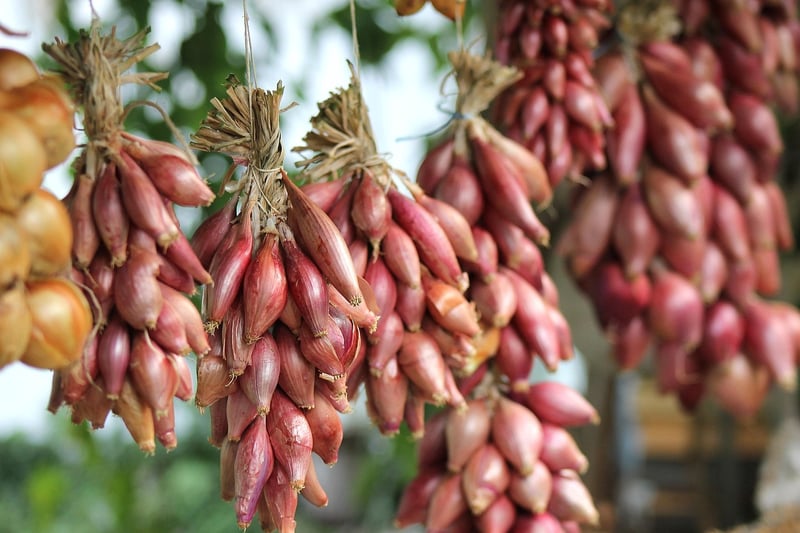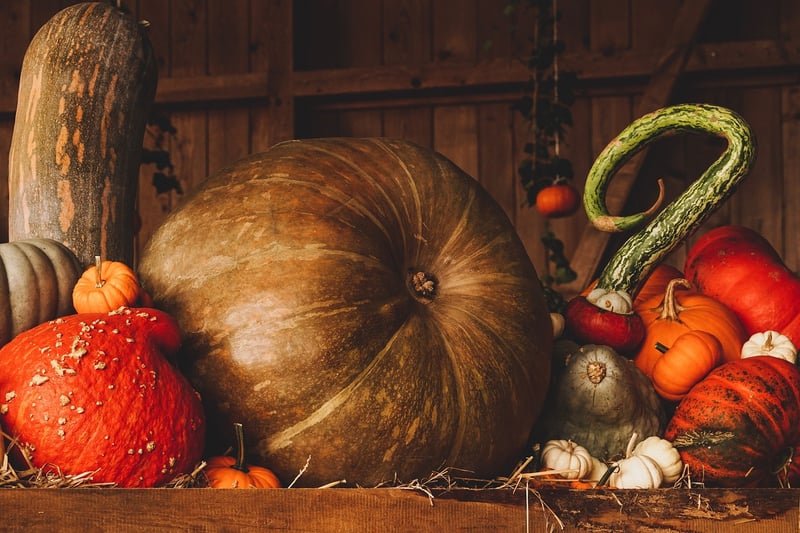Harvest Swaps
The Power of Collaborative Gardening Initiatives and Harvest Swaps
In recent years, the trend of collaborative gardening initiatives and harvest swaps has been gaining popularity among gardening enthusiasts and communities. These initiatives not only promote sustainability and self-sufficiency but also foster a sense of community and camaraderie among participants. Let's delve into the world of collaborative gardening and harvest swaps to explore their benefits and how you can get involved.
What are Collaborative Gardening Initiatives?
Collaborative gardening initiatives involve individuals coming together to collectively cultivate and maintain a shared garden space. This can be in the form of community gardens, rooftop gardens, or even shared plots in residential areas. Participants share the responsibilities of planting, watering, weeding, and harvesting, creating a sense of shared ownership and teamwork.

Benefits of Collaborative Gardening:
- Promotes community bonding and social connections
- Encourages sustainable practices and local food production
- Provides access to fresh produce for participants
- Offers opportunities for learning and skill-sharing
What are Harvest Swaps?
Harvest swaps, also known as produce exchanges or crop swaps, are events where gardeners and home growers come together to trade their surplus harvest. Participants bring their excess fruits, vegetables, herbs, or homemade products to swap with others, allowing everyone to diversify their produce without any monetary transactions.

Benefits of Harvest Swaps:
- Reduces food waste by sharing excess produce
- Encourages a variety of fresh, locally grown foods
- Promotes a sense of abundance and generosity
- Creates a platform for building relationships within the community
How to Get Involved:
If you're interested in joining a collaborative gardening initiative or participating in a harvest swap, here are a few steps to get started:
- Research local community gardens or gardening groups in your area
- Attend gardening workshops or swap events to connect with like-minded individuals
- Volunteer to help maintain communal garden spaces or organize a harvest swap in your neighborhood
- Share your gardening experiences and surplus produce with others to foster a culture of sharing and collaboration
Embrace the spirit of community, sustainability, and abundance through collaborative gardening initiatives and harvest swaps. Join hands with fellow gardeners and food enthusiasts to cultivate a greener, more connected world!
